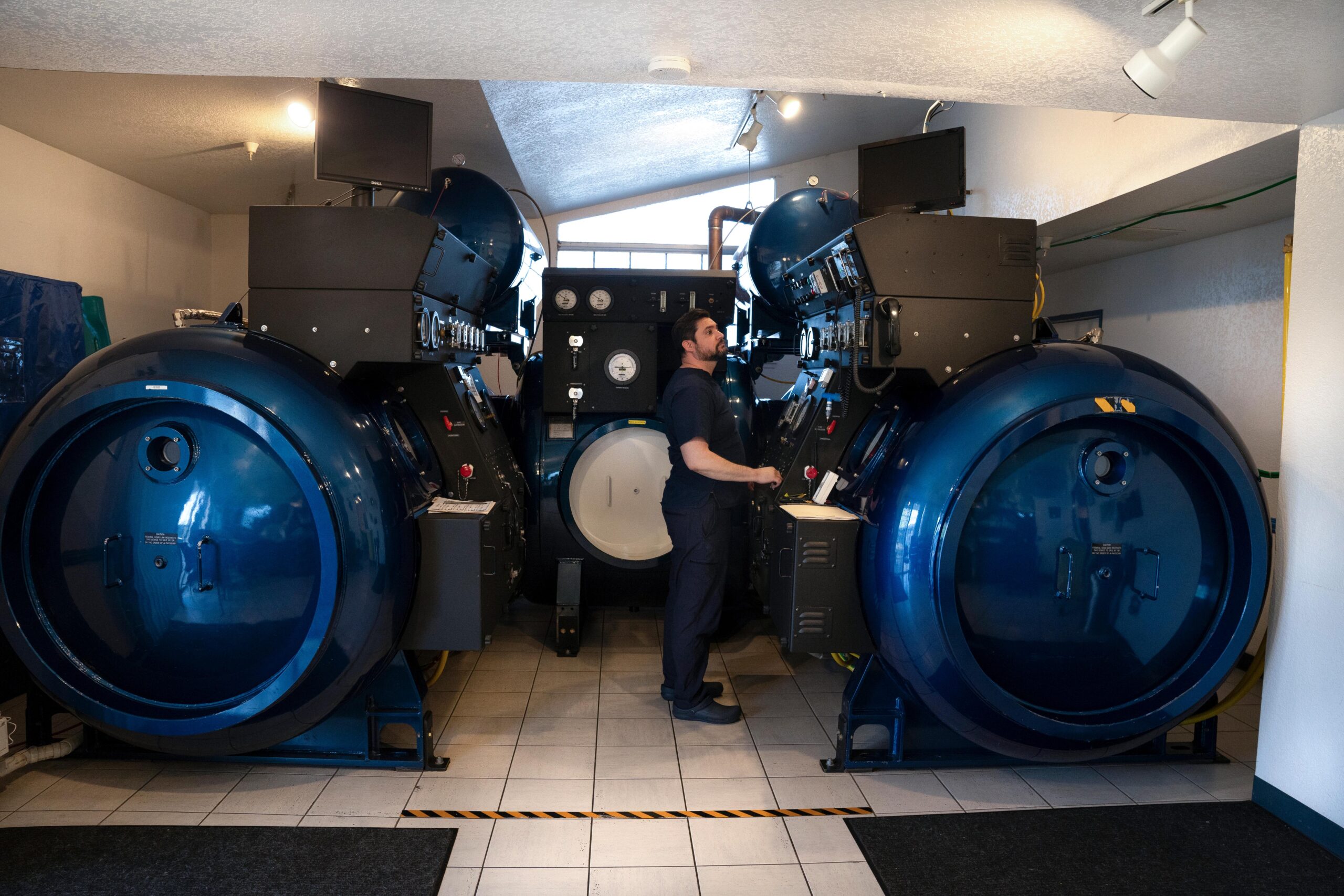Sports Injury Healing and Hyperbaric Oxygen Therapy
Many conditions show improvement when treated with hyperbaric oxygen therapy. There are now 18 specific conditions that are approved by the FDA for hyperbaric oxygen treatments and many more that are not (“off label conditions”). All of these treatments listed have cases with documented success stories due in large part to hyperbaric oxygen therapy, but further research must be done before FDA approval.
Hyperbaric Therapy
In the last decade, competitive sports have taken on a whole new meaning, where intensity has increased together with the incidence of injuries to the athletes. This triggered a strong need to develop better and faster treatments that allow the injured athlete to return to competition faster than with the normal course of rehabilitation, with a low risk of re-injury. Hyperbaric therapy is a method used to treat injuries using pressures higher than local atmospheric pressure inside a hyperbaric chamber. Hyperbaric oxygen therapy (HBOT) is the administration of pure oxygen (100%) at pressures greater than atmospheric pressure, i.e. more than 1 atmosphere absolute (ATA), for therapeutic healing.
Hyperbaric Therapy

In the last decade, competitive sports have taken on a whole new meaning, where intensity has increased together with the incidence of injuries to the athletes. This triggered a strong need to develop better and faster treatments that allow the injured athlete to return to competition faster than with the normal course of rehabilitation, with a low risk of re-injury. Hyperbaric therapy is a method used to treat injuries using pressures higher than local atmospheric pressure inside a hyperbaric chamber. Hyperbaric oxygen therapy (HBOT) is the administration of pure oxygen (100%) at pressures greater than atmospheric pressure, i.e. more than 1 atmosphere absolute (ATA), for therapeutic healing.
Treat Sports Injuries
Sports injuries cause trauma to the body either directly or indirectly and can be classified as either minor or major. Some examples of minor injuries include sprains, strains, cuts, minor burns, contusions, and simple fractures. Examples of major injuries include but are not limited to: concussions, deep wounds, fractures, severe contusions, and compartment syndrome. Sports injuries may be a result of acute impact forces in contact sports or the everyday rigors of training and conditioning.
Accelerate Healing
HBOT is administered by placing the patient in a multi-place or in a mono-place (one man) chamber typically pressurized to 1.5–3.0 ATA for periods between 60 and 120 minutes once or twice a day.
At 2.0 ATA, the blood oxygen content is increased by 2.5% and sufficient oxygen becomes dissolved in plasma to meet tissue needs in the absence of hemoglobin-bound oxygen, increasing tissue oxygen tensions 10-fold (1000%).
HBOT facilitates the healing process and enhances the body’s white blood cells’ ability to fight infection. This prompts healing and growth of new blood vessels, decreases bruising, inflammation, ischemia, pain, and improves the healing rate and capacity to fight infection.

